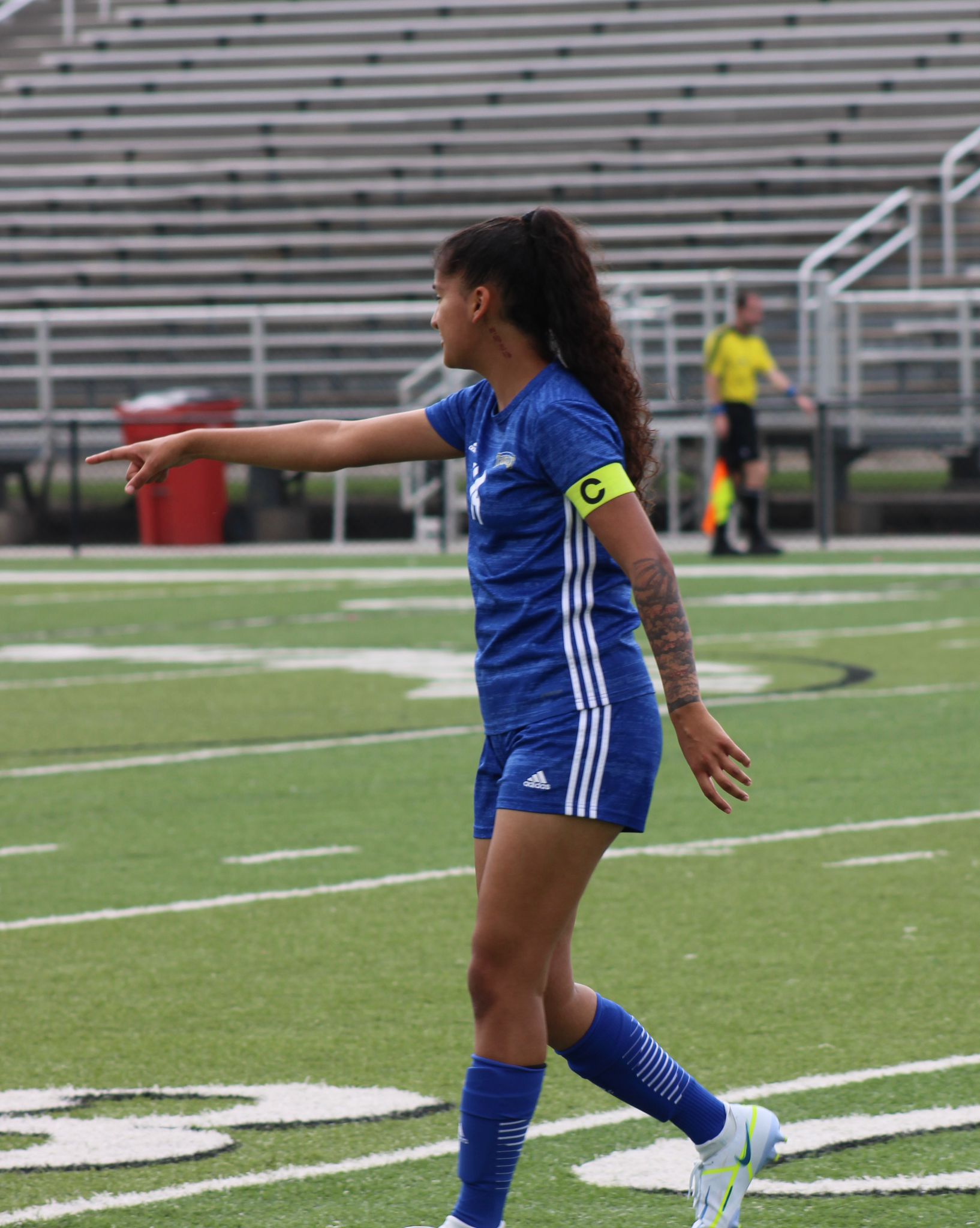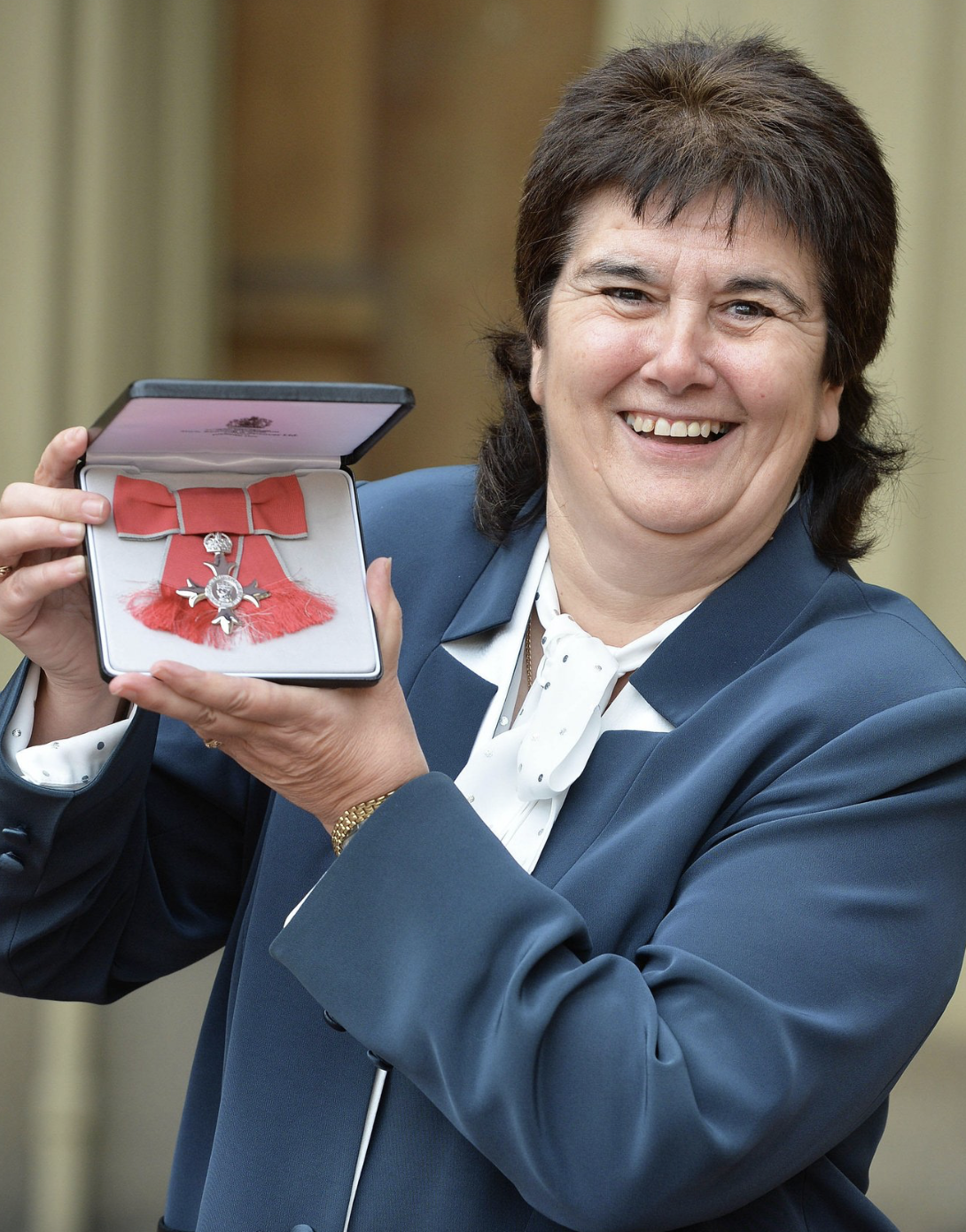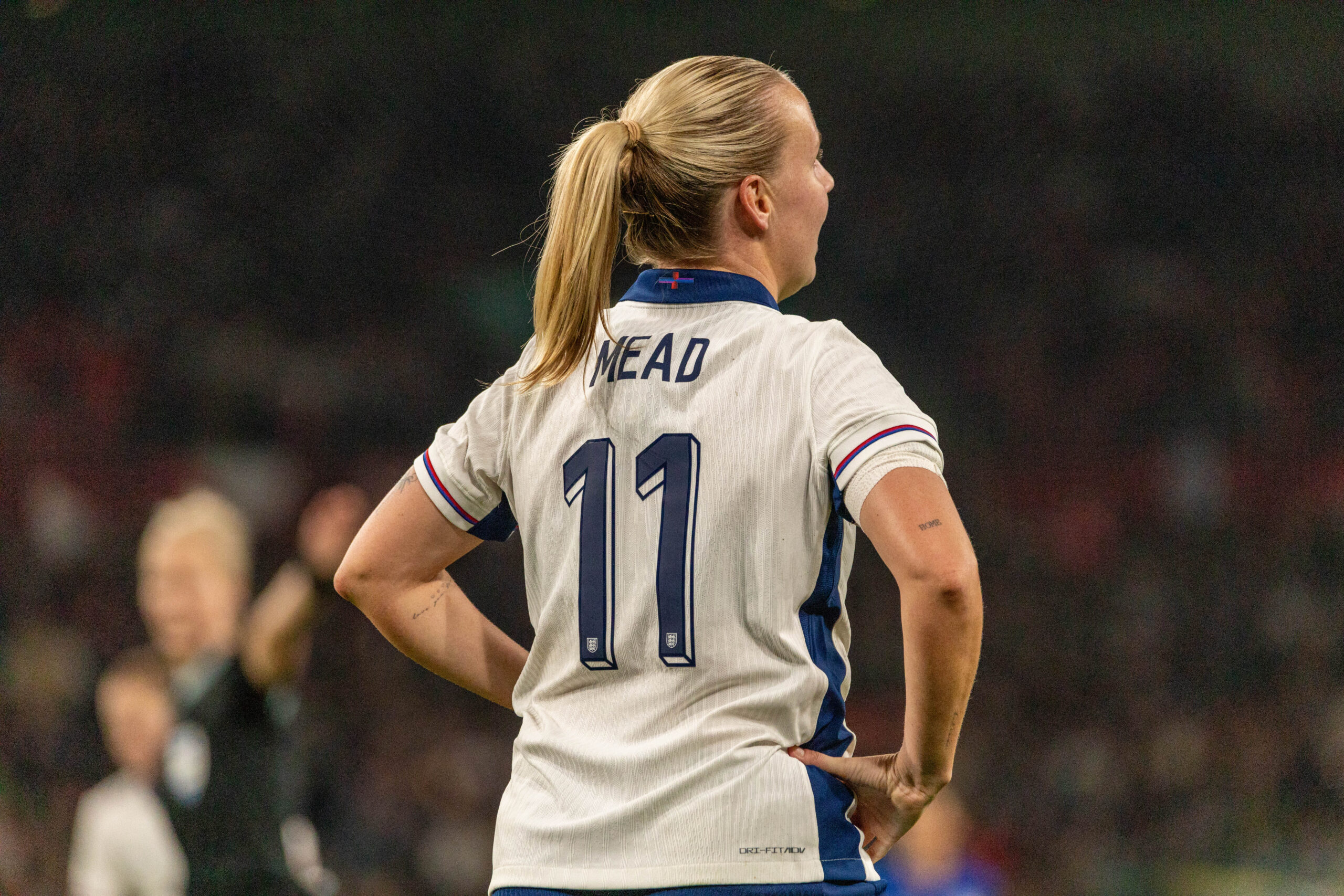Soccer has steadily gained traction in the United States over the years. Once brought into the spotlight by legends like Pelé and glamorised by George Best, the U.S. has more recently hosted global icons including David Beckham, Lionel Messi, Sam Kerr, Alex Morgan, and Megan Rapinoe. It has helped fuel the rise of both MLS and the NWSL in America. It has also become a popular destination for players taking sabbaticals or recovering from injuries, as seen with Paul Pogba’s return to football this year. A key part of this appeal lies in the abundance of state-of-the-art facilities, from elite stadiums down to the grassroots level.
Initiatives like the U.S. Soccer Foundation and the “It’s Everyone’s Game” campaign have played a major role in this transformation. Since launching in 2017, the Foundation has invested millions into building more than 380 mini-pitches in underserved communities, backed by grants that emphasise accessibility, youth development, and inclusivity.
“In America, there are free pitches everywhere – proper turf pitches,” says Jaya Soor, a young British semi-pro footballer who has experienced both the U.S. and UK systems.
“In England, there’s a pitch here and there, but it might not have nets, or it’s full of dogs. Here, the accessibility alone motivates you to play more.”
By comparison, while the UK is globally recognised for its professional football culture, its grassroots infrastructure often lacks the same level of investment. Many community pitches are outdated, under-resourced or only accessible in bigger cities. High quality facilities are often reserved for elite academies funded by clubs, making any investment by the government at local or regional level look bleak in comparison.
It is quite apparent in my interview with Jaya, and the backdrop of a crisp football pitch behind her in North Carolina, where she now lives, is the norm to see and play on. Even in states like Nebraska, where Jaya attended Midland University Athletics for her scholarship alongside studying Business Administration. The quality of infrastructure is a reflection of how progressive the women’s game has gotten.
“The women’s game is just much bigger here.”
In 2023, the NWSL secured the biggest broadcast rights deal ever for a women’s sports league, worth around £250m across four years. Much like any avid football fan, Jaya has been enthralled by the boom of women’s soccer.
“I love watching football. Some American girls don’t even watch it — they just play — but I need that balance.”
Growing up however, accessibility to women’s sport was limited both on the screen and in real life. Jaya grew up as a Celtic fan, much down to the influence of her uncle.
“My uncle is Scottish and threw me in a Celtic shirt when I was young. I didn’t know what was going on, but I stuck with them.”
Even the Hoops, as a juggernaut of Scottish football, only founded their women’s team in 2007. It took until 2018 for ‘The Ghirls’ to be employed as full time professionals, thus becoming the first ever professional women’s team in Scotland.
It is quite apt that a young woman, with roots tying back to her Indian and Sikh heritage, latched onto a club like Celtic who have stood firm on being more than a football club in its rich history. The anti-racism and sectarianism stance the club prides itself on has served them well in their support of Irish immigrants, refugees and solidarity with Palestine for example.
“Ever since I was a kid, I’ve loved football. It was strange because no one in my family played or followed football — there was no reason for me to play it. Unfortunately, there weren’t any girls’ teams around the area (in Derbyshire). And I’d say growing up, there weren’t really any South Asian role models either.”
“I’m sure you’ve seen Bend It Like Beckham, right? That inspired me as well. But since there were no girls’ teams, I’d play with the boys, and I usually got picked on a lot — being the only girl, it was bound to happen.”
The story has a flavour of the struggle that megastar Sam Kerr endured as a child, masquerading as a boy just to be able to play football as a junior in Perth, Australia.
In her own journey, Soor recalls her own childhood struggles trying to just play the game in England and trying to form an identity around her passions.
“I remember crying to my mum one day, like, ‘I don’t want to play with the boys, but I still want to play football.’ Eventually, I played for my secondary school team, but no one really took girls’ football seriously.”
Her escape route was to the States, since the UK scene was lagging behind on women’s football even as recently as the early 2020’s, often attributed to the success of The Lionesses.
“Everything kind of changed when I went to college. Instead of Sixth Form, I went to Burton and South Derbyshire College. That’s when I started playing for Burton Albion’s college team.“
It was in Burton that Soor understood her passions, and discovered her identity on the pitch as well. When asked what her favourite position is, Soor had no hesitancy about that.
“Midfield — the 6 or 10 (role). I like being in the middle. Growing up I played everywhere — striker, winger. I think kids just want to run. I settled in midfield at Burton, and it suits me.”
It was from there that the spectators were impressed, enough to give her a one-way ticket to the States.
“Their (Burton’s) first team coach scouted me to play for the first team, and then I got scouted by an American scout to come play in the US. That’s how it all came about.”
Deep rooted in her identity off the pitch as a British-Indian Sikh, such taboo subjects such as her aspirations to become a professional women’s football player are brushed aside in most Asian households. The midfielder didn’t escape those uncomfortable conversations and looks either.
“I had a lot of family who didn’t believe in me. If a little girl says she wants to be a professional footballer, people are like, ‘What are you on about?’, but my parents were the only ones who really believed in me. There’s a lot of stigma around South Asians, especially females. It makes it seem even more unrealistic.”
In 2024, Sky Sports used data to estimate that 11.4% of females at the grassroots level are South Asians, yet the lack of elite role models is staggeringly low. For many up and comers, there is no South Asian footballer to look up to, but Jaya has bigger aspirations.
“I’m just trying to be the person I wish I had growing up. South Asian female footballers are underrepresented.”
In the last few months, Jaya received a shoutout on Instagram from Brown Ballers, a sports media platform that showcases the best there is from the South Asian community. With over 70,000 followers, it gave Jaya a moment to reflect and be proud about just how far she has made it already – whilst acknowledging that there is still a long way to go.
“It hit me that I could be someone young girls look up to, especially from small cities. It feels out-of-body — I’m proud, but I’m not satisfied. I want to go pro, see my name on the back of a shirt. I’ve not come this far just to stop now.”
In the absence of role models on the pitch, Jaya already had her heart on two people who were inspiring her on all fronts.
“Honestly, I’d say my parents (are my inspiration). It’s a bit odd because they have nothing to do with football, but they’ve been through a lot of hardship.”
“I was very fortunate to grow up with them teaching me that you don’t get anything unless you work for it. They’ve dealt with a lot, personally and professionally, but they always bounce back. That inspires me to do the same. They’ve always been my foundation and my motivation.”
External influences aren’t just limited to her parents, but rather her spiritual faith is imperative in her journey to the top.
“I’ve always dreamed of playing professionally, but I think it was all down to God and hard work that I’m in this position today.”
When Jessica Ennis-Hill stood on the Olympic podium, when Serena Williams lifted her first Grand Slam, when Emma Raducanu shocked the world by winning the US Open – that was their moment. Jaya’s is still to come. But like theirs, it won’t mark the finish line but mark the start of something.
“Every time I reach a goal, I want more. “I’ve always said — when I go pro and see my name on a shirt – that’s the moment.”



